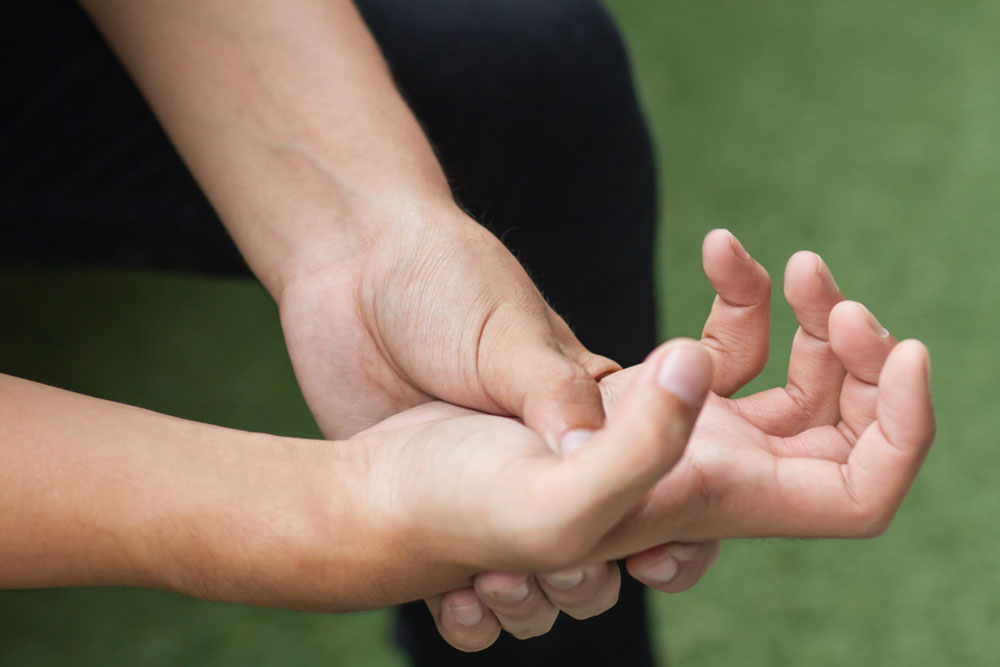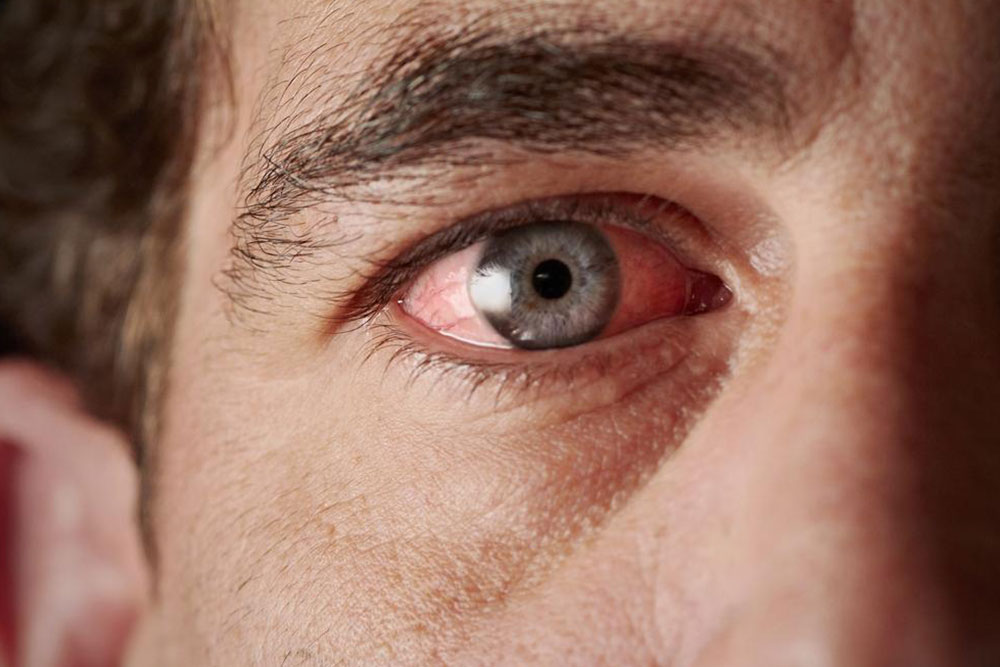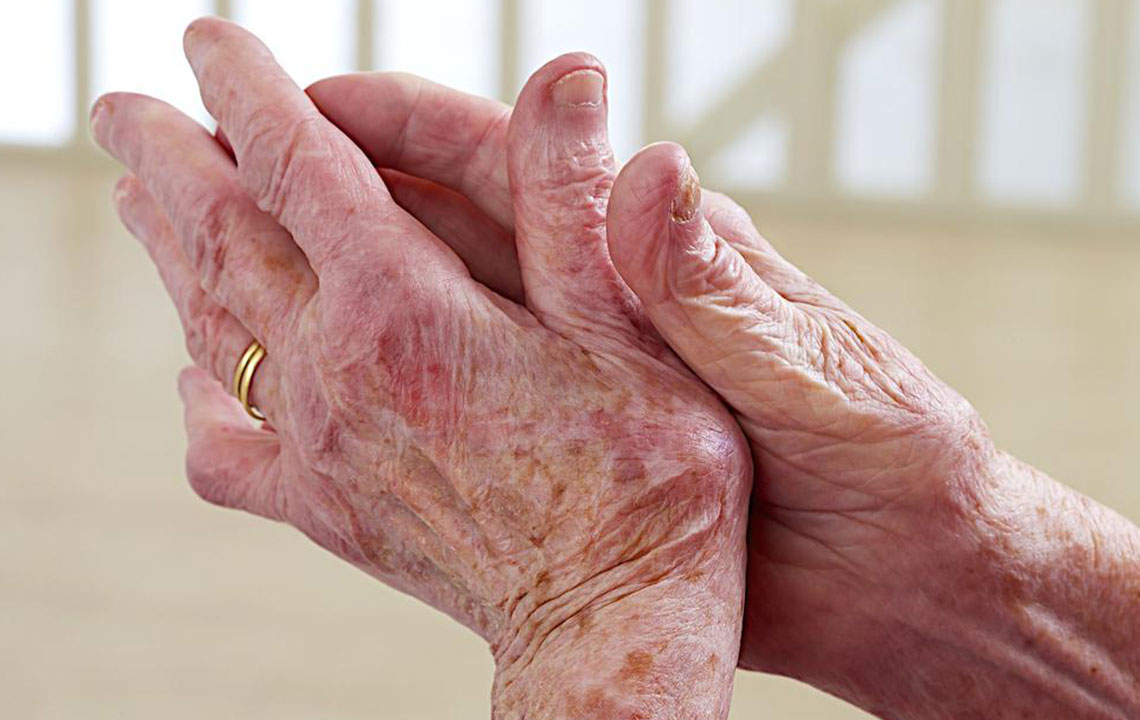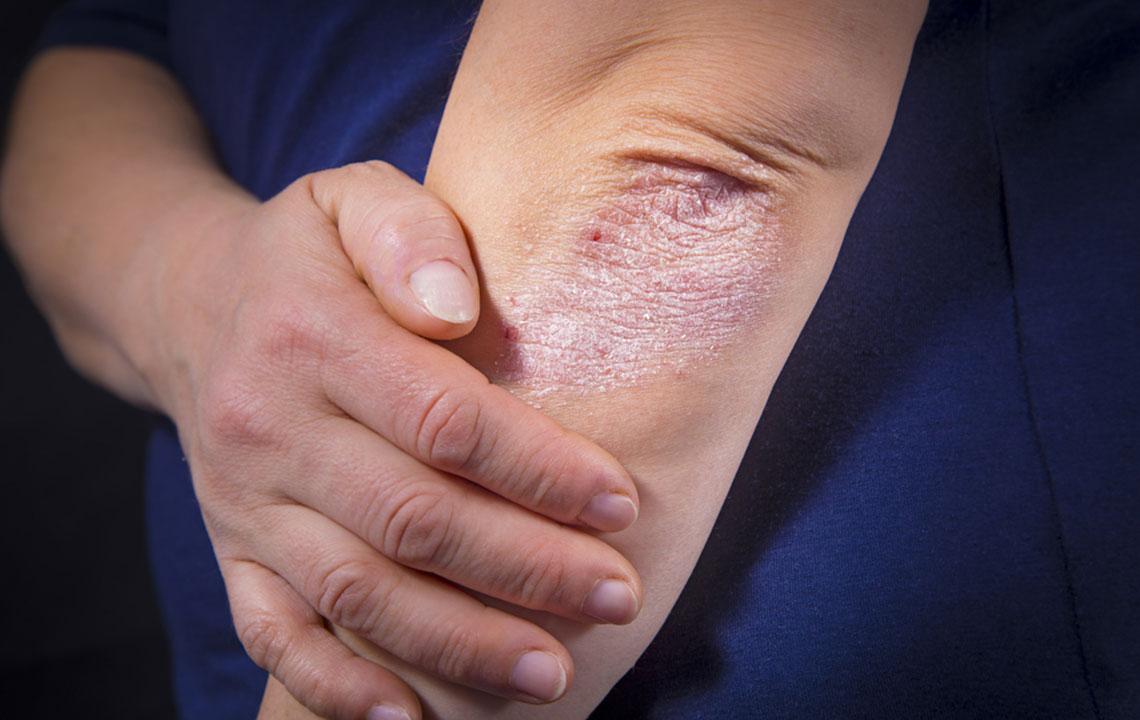Comprehensive Guide to Identifying and Managing Lichen Sclerosus
This comprehensive guide explores the key signs, risk factors, and management strategies for lichen sclerosus. It emphasizes early recognition, effective treatment options, and preventive tips to help those affected control symptoms and prevent complications. With detailed insights into visual indicators, vulnerable populations, and lifestyle adjustments, this article aims to raise awareness and improve outcomes for individuals living with this chronic skin disorder.

Comprehensive Guide to Identifying and Managing Lichen Sclerosus
Lichen sclerosus is a somewhat rare but highly impactful skin condition that predominantly targets the genital region, although it can affect other parts of the body. This chronic autoimmune disorder, though not contagious, requires prompt recognition and management to prevent serious complications. While the exact cause of lichen sclerosus remains elusive, researchers believe that a combination of genetic predisposition, hormonal fluctuations, and environmental triggers may play a role. If left untreated, it can recur and lead to permanent tissue damage, scarring, and an increased risk of skin cancer. Due to the subtlety of early symptoms, awareness of its key signs is crucial for early diagnosis and effective treatment.
Understanding What Lichen Sclerosus Looks Like In its initial stages, lichen sclerosus presents as shiny, smooth patches on the skin that often appear transparent or slightly glossy. These patches can resemble tissue paper or delicate parchment upon close inspection. Over time, affected areas may enlarge, merge, and develop into thickened, tissue-like layers. The skin becomes notably fragile, paling in color or developing a discolored hue that can range from white to pink. Blisters or sores might form as a result of scratching or irritation. The inflammation can sometimes extend beyond the primary site, affecting regions like the inner thighs, breasts, or upper arms. Symptoms such as persistent pain, burning sensations, bleeding, and unbearable itching are commonly reported. Additionally, scarring and tightening of the skin are typical long-term effects that might impair functions such as urination or sexual activity. Recognizing these visual signs early provides a critical window for intervention, significantly improving outcomes and quality of life.
Persistent discomfort or pain during urination and sexual activity
Skin thinning, discoloration, or formation of blisters
Ongoing itching and soreness that may cause scratching and further damage
Development of scar tissue leading to skin tightening and deformity
Possible scarring within the urethra affecting urination control
Initially, symptoms may be subtle, often confined to the genital or anal areas, making diagnosis challenging without medical expertise. As the condition progresses, it can involve other regions like the back, shoulders, or mouth. If unaddressed, lichen sclerosus can cause lasting damage, including skin degeneration and an increased propensity for malignancies, notably skin cancer. Therefore, understanding the signs and seeking early treatment is essential to prevent such severe consequences.
Who Is Most Vulnerable to Lichen Sclerosus? Individuals with certain risk factors are more prone to develop this disorder. These include women in the postmenopausal phase, typically between ages 40 and 60, although it can occur at any age. Hormonal imbalances, autoimmune disease predisposition, and genetic factors play significant roles in susceptibility. People with autoimmune conditions like hypothyroidism, allergies, or metabolic issues such as diabetes may face increased risk. Men, especially those with foreskin or urinary incontinence, are also at heightened risk. Additionally, individuals with high BMI, or those experiencing trauma or injury to the skin, may develop lichen sclerosus. A malfunctioning immune system mistakenly targeting skin tissues is often linked to the disorder, highlighting the autoimmune component of the disease.
Effective Treatment Options for Lichen Sclerosus Although there is currently no definitive cure for lichen sclerosus, various therapies can effectively manage symptoms and reduce flare-ups. Treatment strategies focus on alleviating discomfort, preventing progression, and minimizing scarring. Topical corticosteroids are the mainstay, helping to reduce inflammation and immune response. Light therapy, such as phototherapy, may be considered in some cases. Immune-modulating medications, including calcineurin inhibitors, can further control disease activity. In severe cases, surgical removal of damaged tissue or laser therapy might be employed to restore skin integrity. Furthermore, regular medical check-ups and biopsies are vital to monitor disease progression and screen for potential malignancies. Early detection and persistent management significantly enhance the patient’s quality of life, despite the chronic nature of the condition.
Preventive Measures to Minimize Flare-Ups and Protect the Skin Preventing lichen sclerosus flare-ups involves diligent skin care and lifestyle adjustments. Using gentle, unscented cleansers is essential to avoid irritation. Patients should avoid scratching affected areas; wearing loose, breathable clothing made from natural fibers like cotton or silk can help reduce friction and prevent trauma. Applying prescribed topical treatments consistently enhances healing and symptom control. Lukewarm baths with moisturizing agents, avoiding harsh soaps and fragrances, support skin hydration. Changing out of wet clothes promptly and avoiding activities that cause friction, such as cycling or horseback riding, help prevent skin trauma. Protecting sensitive areas from mechanical irritation or trauma, especially during daily activities, is crucial. Maintaining a consistent skincare routine that emphasizes gentle handling can significantly reduce flare-ups and improve overall skin health.
By understanding the signs, risk factors, and management strategies for lichen sclerosus, individuals can take proactive steps toward early detection and effective treatment. Proper skin care, medical intervention, and lifestyle modifications are key components in controlling this challenging condition, ultimately helping affected individuals maintain a better quality of life and prevent severe complications.





